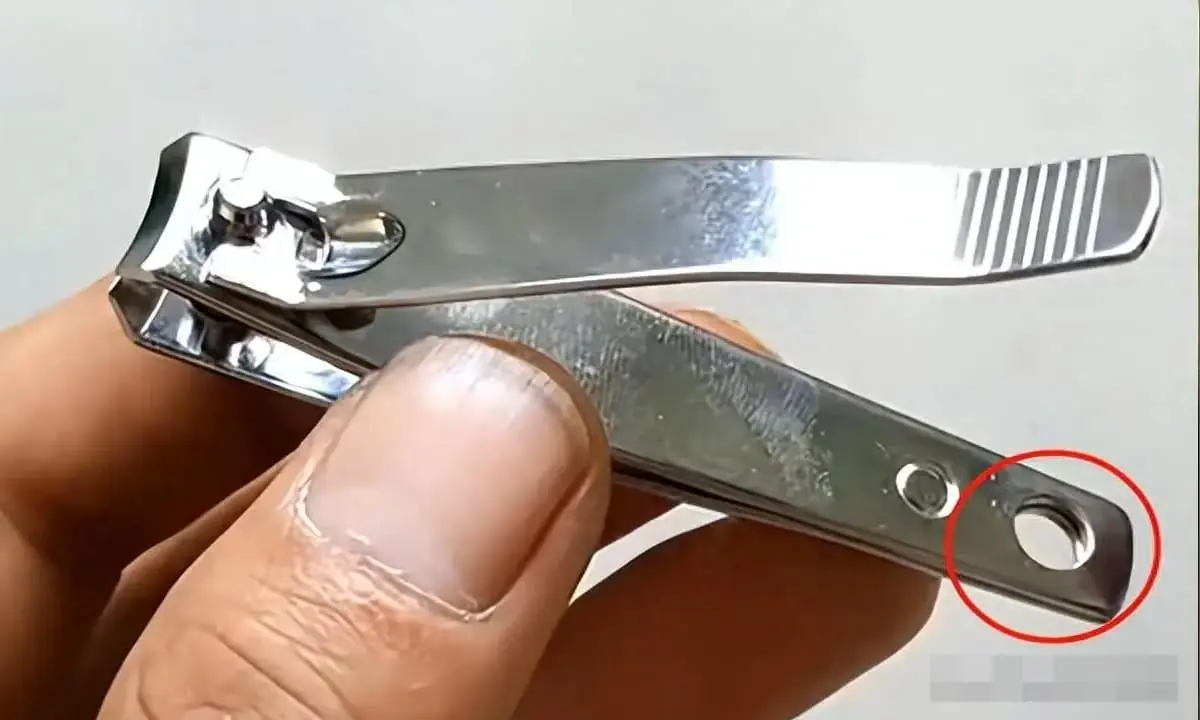
Household Secrets: How to Keep Fresh Chili Peppers Lasting an Entire Year Without Spoiling

Chili peppers are a staple ingredient in many households, adding fiery flavor and zest to countless dishes. However, their shelf life can often be a challenge for home cooks who want to preserve freshness without frequent trips to the market. If you’ve ever struggled with chili peppers turning soft, moldy, or losing their vibrant color, you’re not alone. Fortunately, expert homemakers have shared practical and effective methods to keep chili peppers fresh for months—sometimes even a whole year—without the fear of spoilage.
Why Proper Chili Pepper Storage Matters
Chili peppers, especially fresh ones, are sensitive to moisture, temperature fluctuations, and improper handling. Without proper storage, they can quickly degrade, losing their crunch, aroma, and nutritional value. Wasting chili peppers means not just losing a key ingredient but also money and effort.
Long-lasting storage solutions not only help retain the peppers' taste and nutritional benefits but also promote sustainability by reducing food waste.
Expert Tips to Keep Your Chili Peppers Fresh and Durable
1. Choose Quality Peppers at Purchase
“Selecting firm, bright red chili peppers without blemishes or wrinkles is the first step to longer storage,” advises experienced home cooks. Peppers with soft spots or discoloration will spoil faster, so always pick fresh, healthy specimens.
2. Wash and Dry Thoroughly Before Storing
After purchase, rinse chili peppers under cool water to remove dirt and potential pesticide residues. However, drying is crucial—“Moisture trapped on the surface can accelerate rot,” experts warn. Using a clean kitchen towel or paper towels to gently pat the peppers dry ensures they are ready for storage.
3. Use Salt as a Natural Preservative
Salt has long been recognized for its antimicrobial properties. Sprinkling a small amount of salt over the dried chili peppers before storing them helps inhibit mold growth. This method is a natural alternative to chemical preservatives and enhances shelf life without altering flavor.
4. Store in an Airtight Container
To prevent exposure to air and humidity, place chili peppers in airtight glass jars or vacuum-sealed bags. This limits oxidation and moisture buildup, both of which contribute to spoilage. For larger quantities, dividing peppers into smaller portions before sealing can help maintain freshness when opened.
5. Keep Peppers in a Cool, Dry Place
Heat and humidity are the enemies of chili pepper longevity. A pantry, cellar, or dedicated kitchen cabinet away from direct sunlight and heat sources is ideal. Experts caution that storing peppers near the stove or sink where temperature and moisture fluctuate will reduce their shelf life.
Advanced Methods to Extend Freshness Even Further
6. Freezing Chili Peppers
Freezing is a convenient way to preserve the flavor and heat of fresh chili peppers for several months. Simply wash, dry, and chop the peppers as desired, then place them in freezer-safe bags or containers. Label with the date to track freshness. When needed, the peppers can be used directly from the freezer in cooking.
7. Pickling Chili Peppers
Pickling is not only a preservation technique but also adds an exciting flavor dimension to peppers. Using vinegar, salt, and spices, you can create a tangy condiment that lasts for months in the refrigerator. This method is especially popular in many Asian and Latin American cuisines.
8. Drying Chili Peppers
Dehydrating chili peppers concentrates their flavor and removes moisture that leads to spoilage. Using a food dehydrator or natural sunlight (in dry climates), dried peppers can last for a year or longer if stored properly in airtight containers.
Common Mistakes to Avoid
-
Storing wet peppers: Moisture accelerates mold and spoilage. Always dry thoroughly.
-
Using plastic bags without sealing: Non-airtight bags allow moisture and air in, leading to faster decay.
-
Exposing peppers to heat and light: Direct sunlight and warm temperatures break down the peppers’ quality.
-
Ignoring signs of spoilage: Discard any peppers with mold, soft spots, or unpleasant odors immediately to prevent contamination of others.
Household Hacks for Chili Pepper Storage
-
Wrap each pepper individually in paper towels before placing in containers to absorb excess moisture.
-
Place a small packet of rice or silica gel in the container to maintain dryness.
-
Rotate stored peppers regularly, using older peppers first to avoid waste.
Why These Techniques Work: The Science Behind Chili Pepper Preservation
Chili peppers deteriorate primarily due to enzymatic activity and microbial growth, both of which require moisture and oxygen. By reducing exposure to water, air, and heat, the growth of spoilage-causing bacteria and molds is inhibited. Salt creates a hostile environment for microbes, while low temperatures slow down enzymatic reactions.
Beyond Storage: Using Preserved Chili Peppers Creatively
Long-lasting chili peppers enable home cooks to explore a variety of recipes year-round. Use preserved peppers in sauces, marinades, stir-fries, soups, and as spicy toppings. Dried or pickled peppers can enhance dishes with complex smoky or tangy notes, elevating everyday meals.
Conclusion
With these practical and time-tested tips, anyone can keep fresh chili peppers vibrant and usable for an extended period—sometimes up to an entire year—without the frustration of spoilage. Proper selection, drying, salting, airtight storage, and controlled temperature all play vital roles in preservation. Whether freezing, drying, or pickling, there’s a method to fit every kitchen and lifestyle.
By mastering these chili pepper storage techniques, households not only save money and reduce waste but also enjoy the convenience of having this fiery ingredient ready at hand anytime inspiration strikes in the kitchen.
News in the same category


Family's Thyroid Tumor Discovery: A Cautionary Tale About Excessive Iodized Salt and Soy Sauce Consumption

Texas Woman D!es After Using Contaminated Tap Water for Sinus Rinse

4 Foods You Should Never Reheat: Health Risks Explained

Why Some Train Toilets Discharge Waste Directly onto Tracks

What Your Fingernails Reveal About Your Health: Insights from Experts

The Surprising Ages When Aging Speeds Up – What Scientists Have Discovered
A new study reveals that aging spikes at two specific ages, 44 and 60, and scientists have uncovered what happens to your body at these times. Learn the surprising results and what you can do to adjust.

Study Finds Sleep Habits Could Increase Your R!sk of Premature Death by 29% – Here’s Why
A new study reveals that poor sleep habits may increase the r!sk of premature de@th by up to 29%. Discover the sleep patterns linked to this danger and how you can improve your sleep health.

Expert Reveals Why Sleeping Without Clothes in Hot Weather Might Be a Bad Idea
Discover why sleeping without clothes during hot nights may not be as cooling as you think. Learn expert advice on how to sleep better in the heat.

New Study Reveals Alarming Rise in Anal C@ncer and Who’s Most at R!sk
A new study highlights a concerning rise in an@l canc3r cases, particularly among women over 65. Learn about the risk factors and what you can do to reduce your chances.
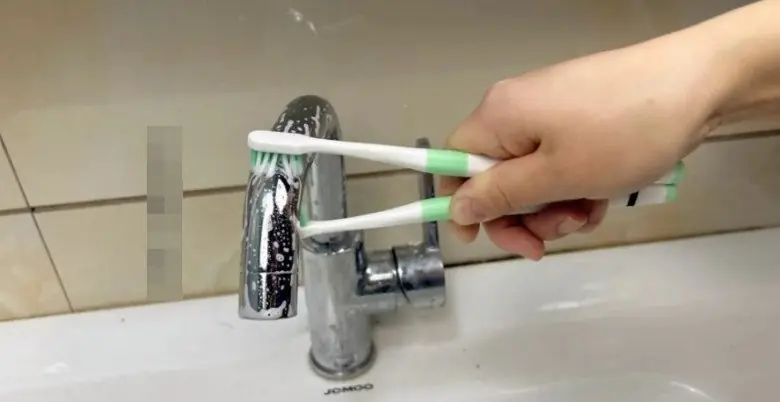
Ingenious Uses for Old Toothbrushes: 5 Surprising Household Hacks
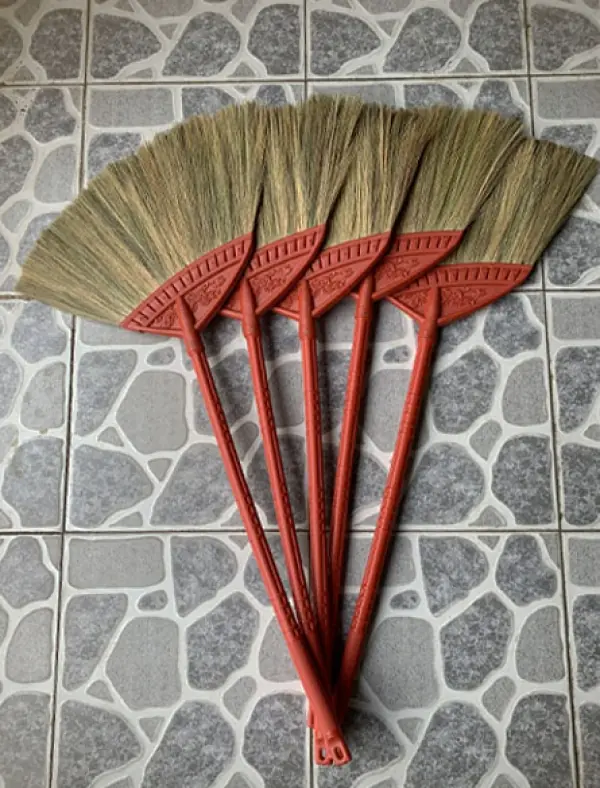
4 Feng Shui Mistakes: Where Placing a Broom Brings Bad Luck

5 Key Symptoms You Should Never Ignore – A Doctor’s Warning on Rising C@ncer Risks in Young People
Discover the five cr:u:cial symptoms that could signal serious health conditions like bowel c@ncer, which is rapidly affecting young adults. Early detection is key to saving lives. Learn more now.
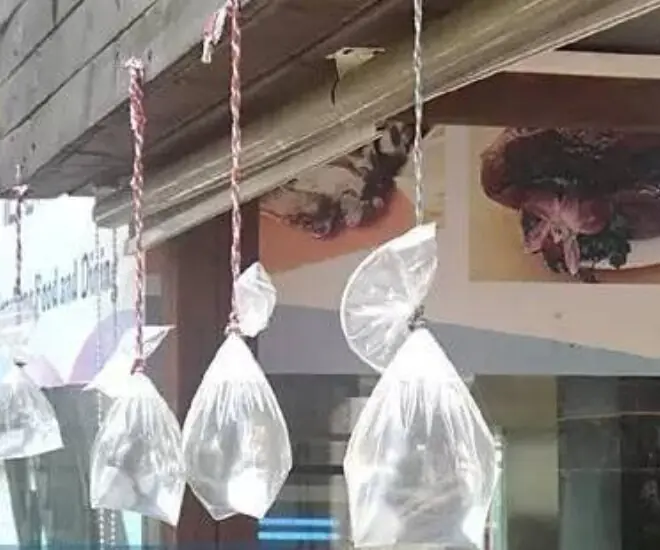
Why do many families hang water-filled plastic bags at their door stepsevery summer? The surprising science behind it

8 H@rmful Effects of Soda on Your Health You Should Know
Discover the shocking health risks of soda, including weight gain, bone deterioration, and cardiovascular disease. Learn why you should limit your soda consumption and what to drink instead.

How Your Feet Could Be Signaling Heart Problems: What You Need to Know
Discover the surprising connection between swollen feet and heart disease. Learn how your feet can signal heart and artery problems and what steps you can take to improve your cardiovascular health.

10 Surprising Signs You Might Have a Parasite & How to Get Rid of It
Wondering if you have a parasite? Discover the 10 most common signs and learn how to safely treat parasitic infections with natural remedies and medical treatments. Protect your health today!
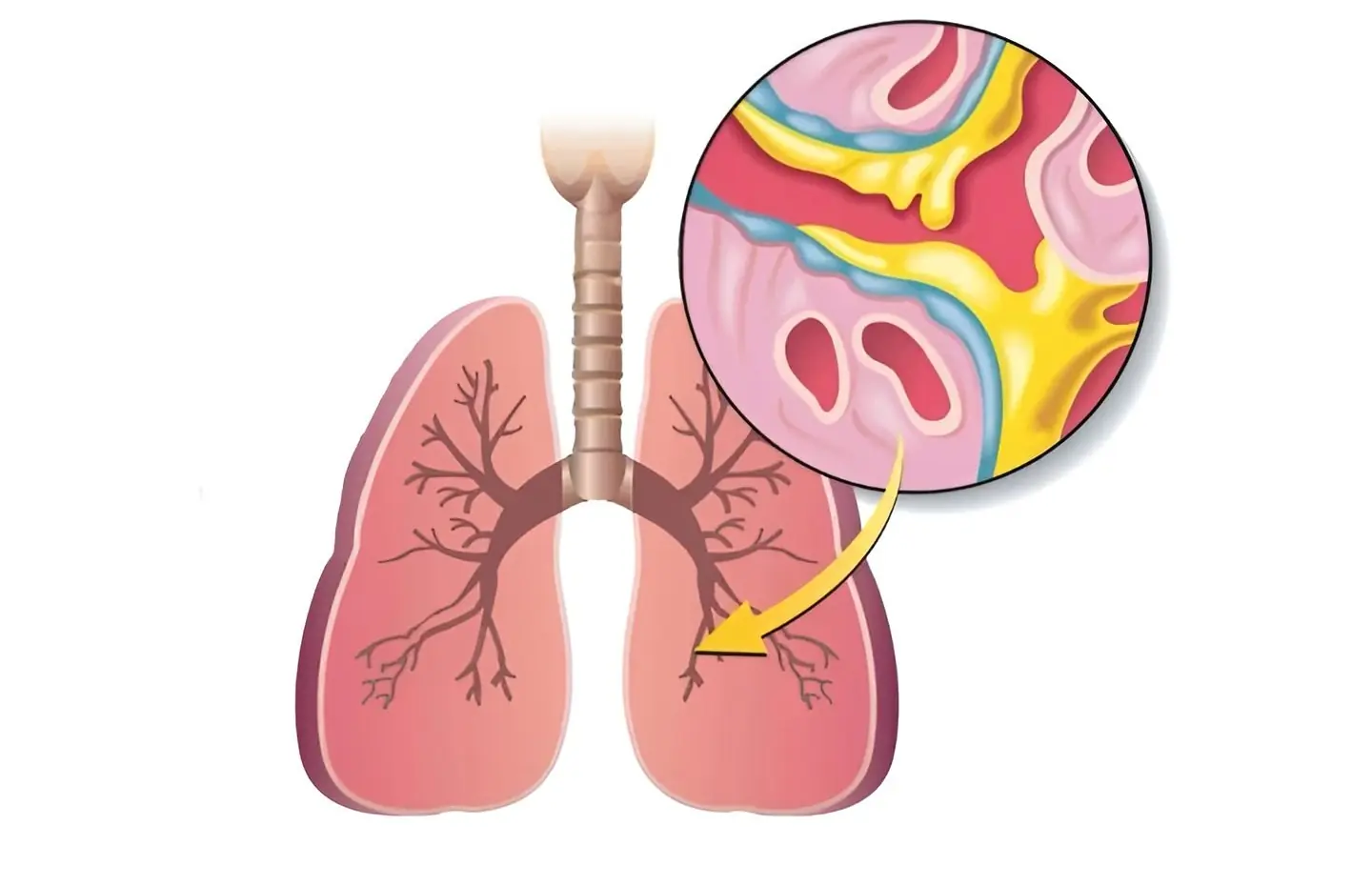
10 Natural Ways to Clear Che$t Congestion and Get Rid of Mucus Fast
Struggling with chest congestion? Discover 10 natural and effective ways to clear mucus and ease your symptoms, including home remedies, decongestants, and lifestyle tips.

Doctor Warns: How Your Sleep Position Could Be H@rming Your Health – And the Best Way to Sleep Instead
Discover how your sleeping position can affect your health. Dr. Tim Mercer explains why certain positions, like sleeping on your stomach, can lead to long-term issues and offers the best alternatives for better sleep.

Ancestors taught: if you want to be rich, throw away 3 things quickly, hold on to 3 things tightly, and you will have a prosperous life.
News Post

The Hidden Function of the Small Hole in Your Nail Clipper

Family's Thyroid Tumor Discovery: A Cautionary Tale About Excessive Iodized Salt and Soy Sauce Consumption

Texas Woman D!es After Using Contaminated Tap Water for Sinus Rinse

4 Foods You Should Never Reheat: Health Risks Explained

Why Some Train Toilets Discharge Waste Directly onto Tracks

Easy Homemade Rice Gel: The Ultimate DIY Face Cream for Hydrated, Glowing Skin
With its powerful combination of rice, aloe vera, vitamin E, and tea tree oil, this cream not only nourishes the skin but also helps brighten dark spots, reduce fine lines, and promote youthful, glowing skin.

10 Effective Ways to Get Soft, Pink Lips Naturally: Proven DIY Remedies for Flawless Lips
By incorporating simple, effective DIY remedies into your routine, you can nourish, hydrate, and brighten your lips while enjoying the beauty of nature’s ingredients.

What Your Fingernails Reveal About Your Health: Insights from Experts

Fenugreek Water for Weight Loss: Methi Water Benefits and DIY Recipes
Fenugreek is a natural, affordable, and effective solution for promoting healthy weight loss and improving overall health.

A Heartwarming Flight: How Strangers Came Together to Help a De@f-Bl!nd Passenger
n an Alaska Airlines flight, a de@f-bl!nd man named Tim experienced extraordinary kindness from strangers - including a 15-year-old girl who used ASL to communicate. This inspiring story will restore your faith in humanity.

DIY Flaxseed Collagen Night Gel: A Natural Remedy for Hydrated, Youthful Skin
By harnessing the power of flaxseeds, aloe vera, and vitamin E, this DIY treatment helps to nourish, hydrate, and protect the skin, all while stimulating collagen production for long-term skin health.

The Great Depression: How the 1929 Market Cra$h Reshaped the World
The 1929 market crash sparked the Great Depression, reshaping the world for decades. Explore its impact! ❤️📉

Unveiling the Real Woman Behind "Aunt Jemima": The Legacy of Nancy Green
Discover the powerful, untold story of Nancy Green, born into slavery, who rose to national fame as the original "Aunt Jemima." Learn about her resilience, contributions, and why her true legacy deserves to be honored.
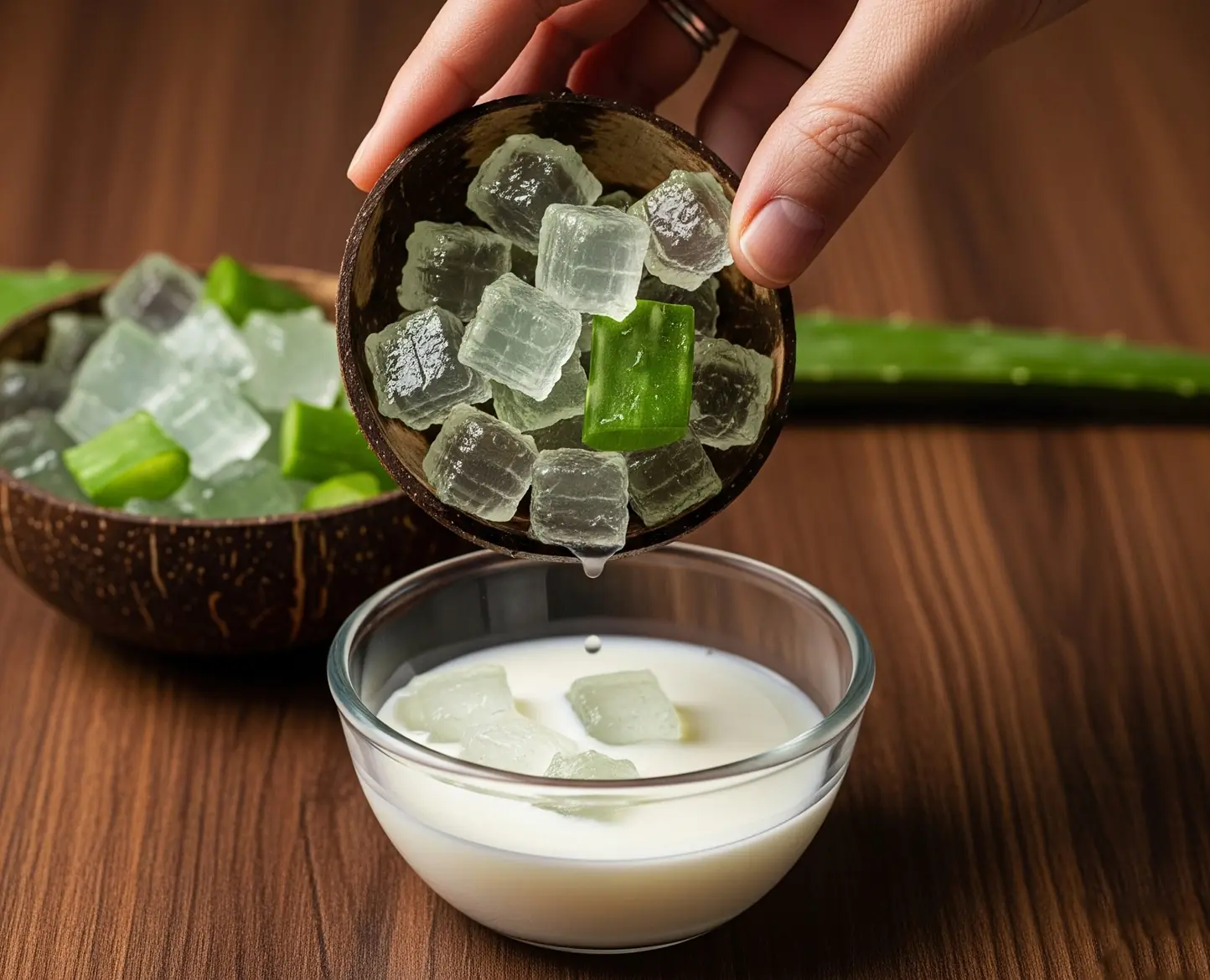
5 Ways To Use Aloe Vera Gel For Glowing, Flawless Skin
Apply these masks and serums 2–3 times a week, and complement your skincare efforts with a healthy diet and plenty of water.

GAS STATION WORKER FINDS ABANDONED BABY - THEN FATE DELIVERS A MIRACLE
A man discovers a newborn abandoned in a box, setting the course for a journey of love, sacrifice, and healing. This story explores the transformative power of family, compassion, and second chances.
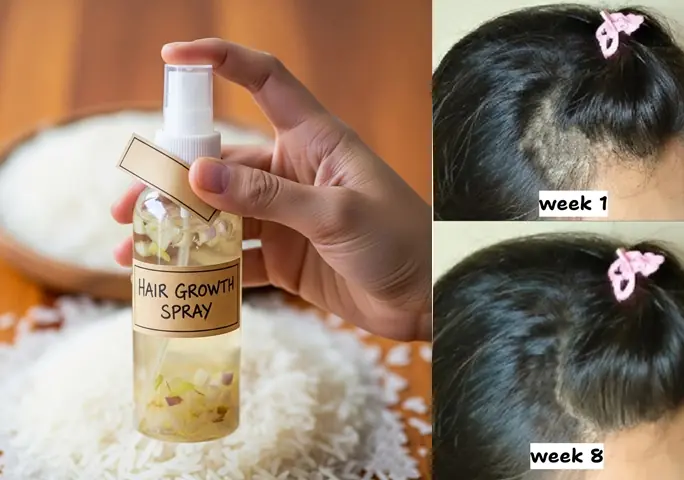
DIY Onion Rice Hair Mask To Boost Hair Growth
This simple, affordable treatment can be easily added to your regular hair care routine for noticeable improvements over time.

The Surprising Ages When Aging Speeds Up – What Scientists Have Discovered
A new study reveals that aging spikes at two specific ages, 44 and 60, and scientists have uncovered what happens to your body at these times. Learn the surprising results and what you can do to adjust.

Study Finds Sleep Habits Could Increase Your R!sk of Premature Death by 29% – Here’s Why
A new study reveals that poor sleep habits may increase the r!sk of premature de@th by up to 29%. Discover the sleep patterns linked to this danger and how you can improve your sleep health.

Expert Reveals Why Sleeping Without Clothes in Hot Weather Might Be a Bad Idea
Discover why sleeping without clothes during hot nights may not be as cooling as you think. Learn expert advice on how to sleep better in the heat.

New Study Reveals Alarming Rise in Anal C@ncer and Who’s Most at R!sk
A new study highlights a concerning rise in an@l canc3r cases, particularly among women over 65. Learn about the risk factors and what you can do to reduce your chances.